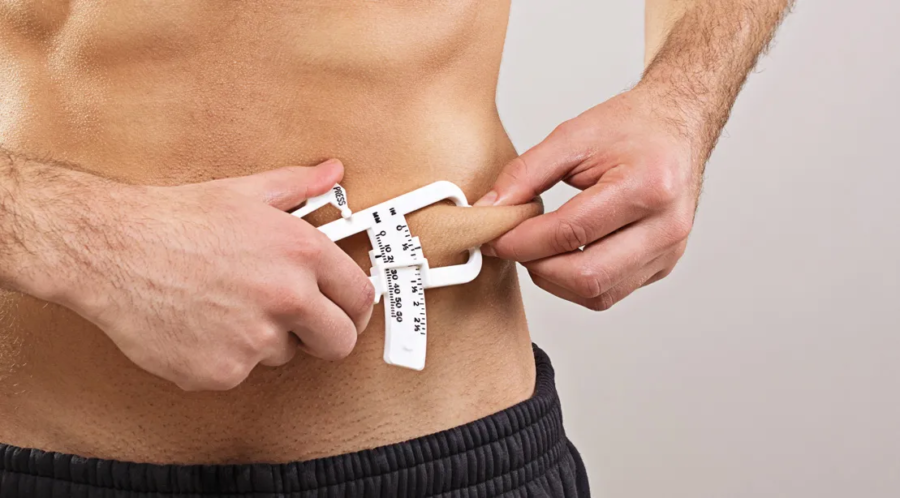When it comes to personal fitness, understanding one’s body type is essential for designing an effective workout plan. Tools like body shape calculators are becoming increasingly popular for individuals seeking personalised fitness routines. But how accurate are these calculators in determining body shapes and recommending suitable fitness regimes? In this article, we will explore the concept of body shape calculators, their accuracy, and how they compare to traditional methods such as body mass calculators for males.
Understanding Body Shape Calculators
A body shape calculator is a digital tool designed to assess an individual’s body type based on specific measurements such as shoulder width, waist size, hip circumference, and height. The calculator then categorises the person into different body shape types, such as pear, apple, hourglass, rectangle, or inverted triangle. The underlying idea is that knowing your body shape can help tailor fitness regimes to address problem areas and enhance overall physical appearance.
These calculators are widely available online and can be accessed for free. They typically require users to input their measurements, after which the tool provides an instant result, suggesting their body shape and recommending workout and diet plans.
Importance of Body Shape in Fitness
Body shape plays a significant role in determining the most effective fitness regime for an individual. Different body types tend to accumulate fat in specific areas. For instance, people with an apple-shaped body tend to carry excess weight around the abdomen, while those with a pear-shaped body often have more fat in the lower body.
Understanding your body shape can help you:
- Identify problem areas that need more focus
- Choose workouts that align with your goals
- Avoid exercises that may not be suitable for your body type
- Develop realistic fitness expectations
By tailoring workouts based on body shape, individuals can achieve better results and reduce the risk of injury.
How Accurate Are Body Shape Calculators?
The accuracy of body shape calculators largely depends on the tool used and the measurements provided by the user. Here are some factors that affect their accuracy:
1. Measurement Errors
One of the most significant issues with body shape calculators is the potential for user error when taking measurements. Small inaccuracies in shoulder width, waist size, or hip circumference can lead to incorrect body shape categorisation. For instance, if a user measures their waist incorrectly, they might be classified as an apple shape instead of an hourglass.
2. Simplified Body Types
Many body shape calculators simplify body types into just a few categories. In reality, body shapes can vary greatly, and people may not fit perfectly into one of the predefined categories. This simplification can reduce the effectiveness of the tool in providing personalised fitness advice.
3. Lack of Consideration for Other Factors
Body shape calculators focus solely on external measurements and do not consider other essential factors such as muscle mass, bone structure, or overall health. These factors are crucial when designing a fitness regime, especially for males who may have varying muscle distribution.
Comparing Body Shape Calculators and Body Mass Calculators for Males
While body shape calculators focus on categorising body types, body mass calculators for males assess an individual’s body composition by calculating their body mass index (BMI). The body mass calculator uses a person’s weight and height to provide an estimate of whether they are underweight, normal weight, overweight, or obese.
Pros of Body Mass Calculators for Males
- Simple and quick to use
- Provides a general idea of overall body health
- Useful for tracking changes in weight over time
Cons of Body Mass Calculators for Males
- Does not account for muscle mass versus fat mass
- May misclassify muscular individuals as overweight
- Does not provide information on body shape or fat distribution
While body mass calculators can offer insight into overall health, they do not provide the detailed analysis needed to create a personalised fitness regime. This is where body shape calculators can fill the gap by focusing on specific areas of the body.
Are Body Shape Calculators Enough to Design Fitness Regimes?
Although body shape calculators can be helpful in identifying body types, they should not be the sole tool used to design fitness regimes. A comprehensive approach that includes other assessments, such as body mass index, muscle mass analysis, and fitness level evaluation, is more effective.
Here are some tips for using body shape calculators effectively:
- Take Accurate Measurements: Ensure that measurements are taken correctly to improve the accuracy of the results.
- Use Multiple Tools: Combine the results from a body shape calculator with those from a body mass calculator and other fitness assessments.
- Consult a Professional: A fitness trainer or dietitian can provide a more detailed and personalised fitness plan based on your body type and fitness goals.
Real-World Accuracy: Case Studies and Research
Research on the accuracy of body shape calculators is limited, but anecdotal evidence suggests mixed results. Some users find the calculators helpful in identifying problem areas, while others feel that the results are too generic.
In a case study involving 100 individuals, it was found that body shape calculators correctly identified body types in about 70% of cases. However, the remaining 30% of participants received incorrect classifications due to measurement errors or variations in body proportions.
This highlights the need for careful measurement and a combination of tools to achieve more accurate results.
Benefits of Using Body Shape Calculators
Despite their limitations, body shape calculators offer several benefits:
- Quick and Easy: They provide instant results without the need for professional equipment.
- Motivational: Knowing your body shape can motivate you to set realistic fitness goals.
- Personalised Advice: They offer tailored fitness and diet recommendations based on your body type.
Limitations of Body Shape Calculators
While body shape calculators can be useful, they are not without limitations:
- Simplified Results: They may not account for the complexity of human body types.
- Measurement Errors: Inaccurate measurements can lead to incorrect results.
- Lack of Medical Insights: They do not consider health factors such as muscle mass, bone density, or medical conditions.
Best Practices for Fitness Regimes Based on Body Shape
To create an effective fitness regime based on your body shape, consider the following best practices:
- Focus on Strength Training: Regardless of body shape, strength training helps build muscle and burn fat.
- Incorporate Cardio Exercises: Cardiovascular exercises improve heart health and help reduce overall body fat.
- Target Problem Areas: Use exercises that focus on areas where you tend to accumulate fat.
- Maintain a Balanced Diet: A healthy diet is essential for achieving fitness goals, regardless of body shape.
Conclusion
Body shape calculators can be a valuable tool for identifying body types and selecting suitable fitness regimes. However, their accuracy depends on the measurements provided and the specific tool used. While these calculators offer quick insights, they should be used alongside other assessments, such as body mass calculators for males, to design comprehensive fitness plans. For the best results, combining digital tools with professional guidance is recommended to achieve personalised and effective fitness outcomes.


